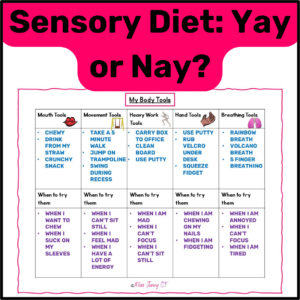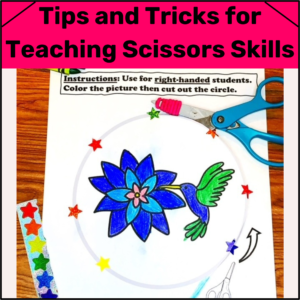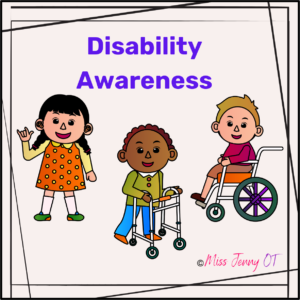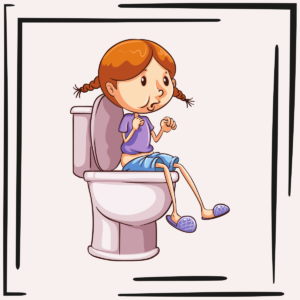Classroom strategies for emotion regulation need to be easy to implement. Typical teachers are juggling multiple things at once and do not have time for complicated or time-consuming strategies.
Every classroom has a diverse group of people in it. This can include the main teacher, an assistant (one or more), specialists who come and go (such as speech language pathologists, occupational therapists, and behavior therapists), as well as the students. Each person brings their own emotions and ability to regulate to that environment. For the main teacher it can be very challenging to maintain the ideal environment for students to learn.
Many students (and staff) present with neuro-differences, which may include difficulties with how they process sensory input. Implementing strategies to assist these students is often the first thing I recommend.
Classroom Strategies to Support Sensory Processing Differences
It is important to consider sensory “over-responsiveness” in the classroom. This refers to the nervous system being hypersensitive to sensory input (such as sounds), with the behavior output showing an over-response. For example, some people who are hypersensitive to sounds will hear the sound of the classroom fan and will not be able to habituate to the sound. They may continue to be distracted by it and unable to focus on the teacher’s voice. In turn, this may cause the student to become dysregulated.
For the purpose of this post, I recommend focusing on the visual system, auditory system, tactile system, and the vestibular (movement ) system. These are the most likely to impact regulation in the classroom.
Quick Tips for the Visual System
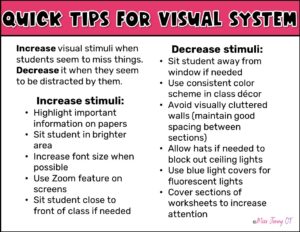
People who are hypersensitive to visual input may have difficulty with crowded worksheets, bright lights, sunshine, and visual clutter.
People who are hyposensitive to visual input may easily miss visual input, may seek it out (for example, by flicking their fingers near their eyes), and may seek brighter areas.
Quick Tips for the Auditory System
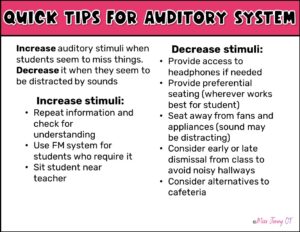
People who are hypersensitive to auditory input may have trouble tuning out sounds. They may hear all the sounds around them and have trouble focusing on the important ones, such as the teacher’s voice. As a result, they may tune out all sounds. They may be easily distracted by sounds others don’t notice, such as the sound of fans.
People who are hyposensitive to auditory input may have trouble noticing sounds (but have intact hearing). They may need repetition of directions and/or have their attention directly drawn to the teacher.
Quick Tips for the Tactile System
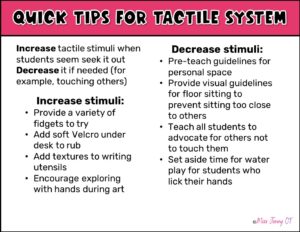
People who are hypersensitive to tactile input may avoid touching certain things, such as art media. They may not like the feeling of certain textures or types of clothing.
People who are hyposensitive to tactile input may seek it out. They may fidget with different objects, touch others inappropriately, lick their hands, and more.
Quick Tips for the Vestibular System
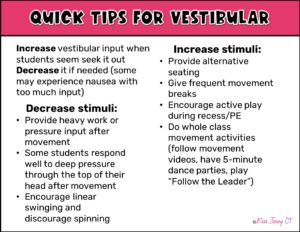
People who are hypersensitive to vestibular input tend to avoid movement and may get sick easily with movement.
People who are hyposensitive to vestibular input tend to seek it out. They may have difficulty sitting still in class. They may be “daredevils” during recess. These students often need to have the opportunity to move and benefit from having movement integrated into their routine. They may require “heavy work” activities after movement to help their nervous system calm down. Heavy work activities involve using the muscles against force. Helpful activities include carrying a box of recess supplies back into class, pushing a cart of books to the library, and/or carrying a
Classroom Set-up
![]() Disclaimer: Every teacher will have different ways of setting up their classroom. There is no right or wrong way. Some or all of the tips may work for your class. Many of these tips will not be new but may provoke some thought into ways you might make changes to your set-up.
Disclaimer: Every teacher will have different ways of setting up their classroom. There is no right or wrong way. Some or all of the tips may work for your class. Many of these tips will not be new but may provoke some thought into ways you might make changes to your set-up.
- Consistent routines: Almost every human benefits from consistent routines. When the classroom schedule needs to change, alert students ahead of time when possible
- Consider having consistent color theme and some blank space on walls
- Possible supplies to have available
- Noise canceling headphones (can be purchased at a hardware store for less than $10 typically)
- Earbuds for older students
- Air cushions to provide subtle movement input while seated
- Ball chairs (yoga type ball on a chair frame)
- Carpet squares or carpet with colored squares to define space for younger students on the floor)
- Blue light covers for fluorescent lights
- Bean bags for alternative seating
- Variety of fidgets
- Pre-teach the use of all supplies, routines, and expectations
- Use of visuals: Many teachers already have visuals in their classrooms for the schedule, and class expectations, among others. Consider what visuals are used for classroom regulation
- Many classrooms use the “Zones of Regulation” or “How Does Your Engine Run” programs
- Students with diverse needs often cannot identify where they fall in those programs and cannot implement suggested strategies for each “zone” or “engine speed”.
- I recommend using a visual that helps the students understand how they feel when they are in those categories
Visuals for Emotion Regulation
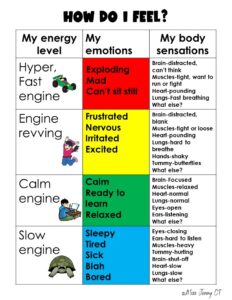 This chart is a good example of how to help students learn how they might feel in their bodies. Teachers can use the chart to teach students some of the body sensations they may feel with different emotions. Students often enjoy thinking of their own words to describe how they feel and choosing images to accompany them.
This chart is a good example of how to help students learn how they might feel in their bodies. Teachers can use the chart to teach students some of the body sensations they may feel with different emotions. Students often enjoy thinking of their own words to describe how they feel and choosing images to accompany them.
An editable version of the chart can be purchased here
All sections can be changed so that students can personalize their own, or the class can have a classroom version posted on the wall.
Bringing it all Together
In summary, for ideal emotion regulation in the classroom, consider the following:
- How to identify and support sensory needs
- Pre-teaching of concepts
- Consistency
- Visuals
- Teaching students how their bodies feel with different emotions so they know when to use strategies
Further Resources to Try
 This activity helps students determine what strategies work for them and when to use them.
This activity helps students determine what strategies work for them and when to use them.
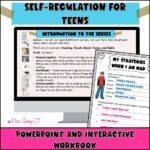 This resource is designed for teens to learn about regulation and to devise personalized strategies.
This resource is designed for teens to learn about regulation and to devise personalized strategies.
 This resource is for younger kids and includes interactive activities to try to help them design their own sensory strategies.
This resource is for younger kids and includes interactive activities to try to help them design their own sensory strategies.


